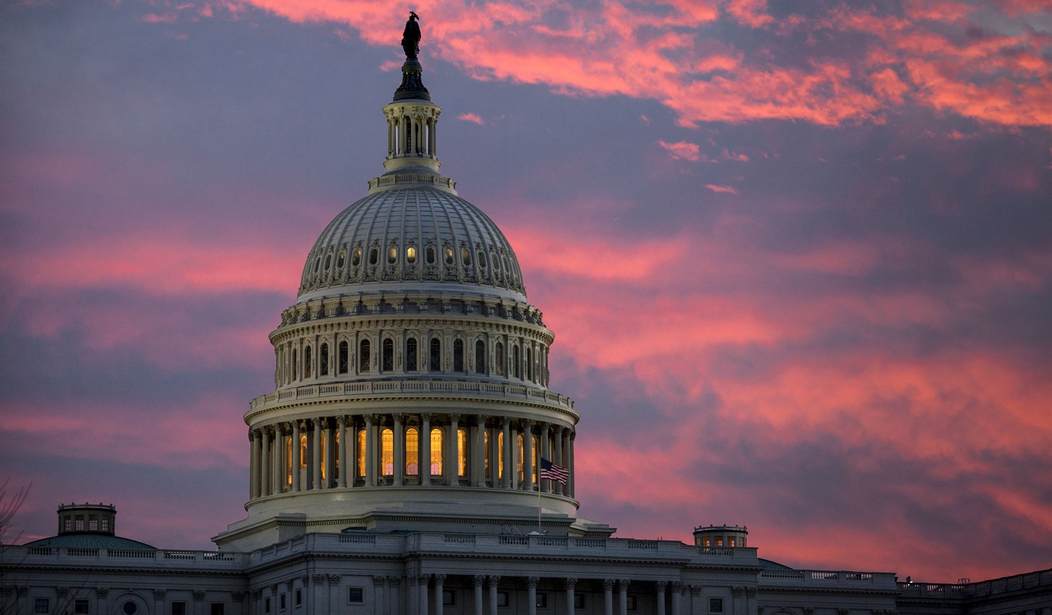It was exactly 40 years ago — October 22, 1981 — that the national debt hit $1 trillion for the first time. President Ronald Reagan said at the time, “If we, as a nation, need a warning, let that be it.”
Unfortunately, it didn’t take. Today, the national debt is at $28 trillion and rising fast. Joe Biden is about to add considerably to that number with the passage of his infrastructure and Build Back Better bills.
But $28 trillion is not comprehensible. No one can wrap their mind around so much money. How many dollar bills would have to be stacked on top of one another to reach the moon and back? About 14.3 trillion by one estimate. That means there would have to be two stacks to the moon and back to equal our current national debt.
The Biden White House is celebrating the $2.8 trillion deficit because it’s $380 billion less than last year.
Yes, really. They’re cheering.
The annual deficit was $360 billion lower than last year, in what the Biden administration said reflected an “improved economy due in part to the American Rescue Plan Act of 2021 (ARP) and COVID-19 vaccination rollout.” The budget year ended on Sept. 30.
“Today’s joint budget statement is further evidence that America’s economy is in the midst of a recovery,” Treasury Secretary Janet Yellen said in a statement.
Well, hip-hip-hooray and Hallejullah. The American economy is also in the midst of a binge that any drunken sailor would recognize.
Reagan clearly saw what the problem was. He was just terrified politically to act.
Rising costs of entitlement programs and the interest on the debt itself are the primary reasons why the debt will keep growing. In other words, even cutting a lot of discretionary spending would have little effect on the debt at this point.
The guilty parties are, well, both parties. It was fitting that the debt hit the symbolic $1 trillion figure during Reagan’s presidency, as the Gipper ignored his own warning. Republicans have spent much of the past 40 years venerating Reagan as an icon of conservative values, including supposedly limited government. And while his successors ran up far larger amounts on the nation’s credit card, Reagan saw the government surpass not only the $1 trillion debt threshold but also the $2 trillion threshold.
In the last 40 years, we’ve nibbled at the edges of entitlement reform, raising social security and Medicare taxes while hurting “rich” doctors and hospitals by constantly cutting reimbursement fees. We’ve just about reached the limit of our ability to take half measures. At its current pace, Medicare will go bankrupt in 2026 and the Social Security Trust Funds for old-aged benefits and disability benefits will become exhausted by 2034.
The state of politics today does not encourage cooperation between the parties. Eventually, they will simply have no choice.
Bill Clinton warned, “we have got to deal with this big, long-term debt problem, or it will deal with us.”
But the past 40 years would suggest that lawmakers have almost never been restrained by the idea of balanced budgets—a few brief interludes of fiscal sanity notwithstanding.
It took nearly two centuries for America to accumulate $1 trillion in public debt. It took 40 years to increase that amount 28 times over. If we refuse to address the breakneck speed at which America spends money it doesn’t have, how long until Clinton’s warning is realized, and that debt deals with us?
The clock is ticking. And the alarm has been going off for 40 years.










Join the conversation as a VIP Member